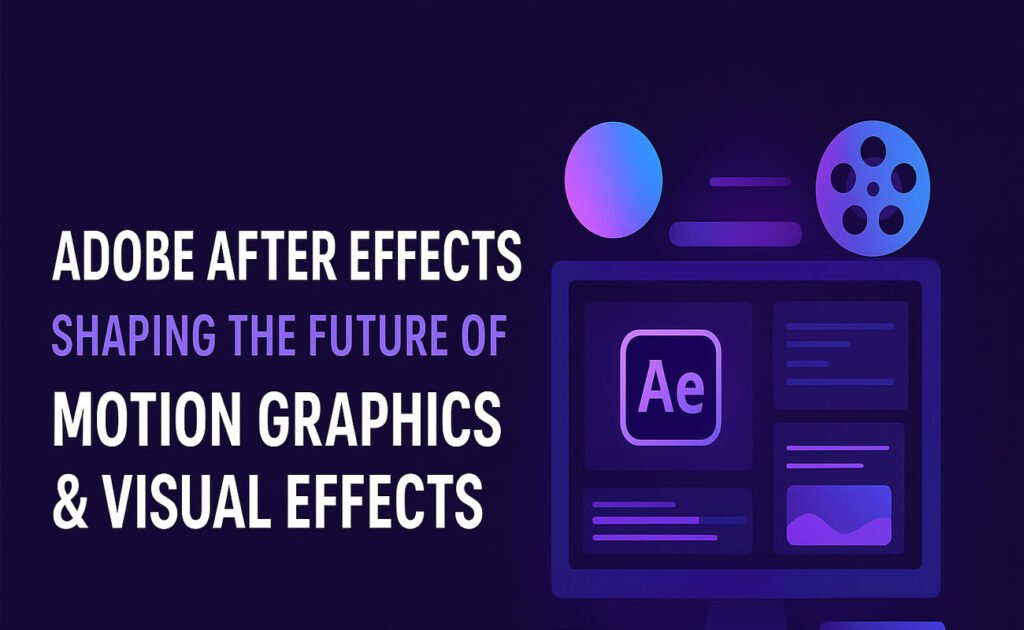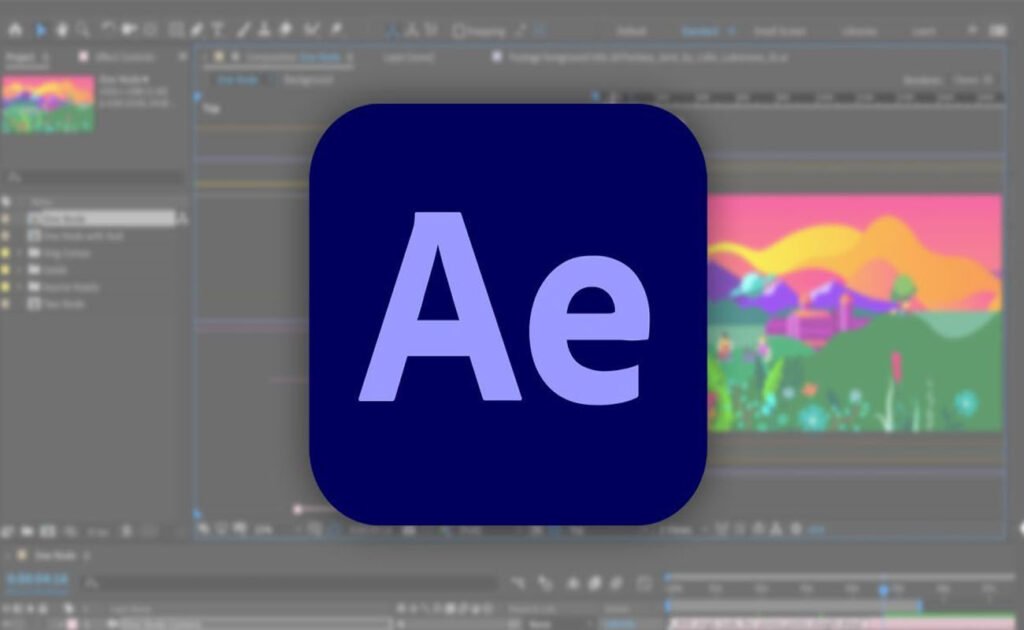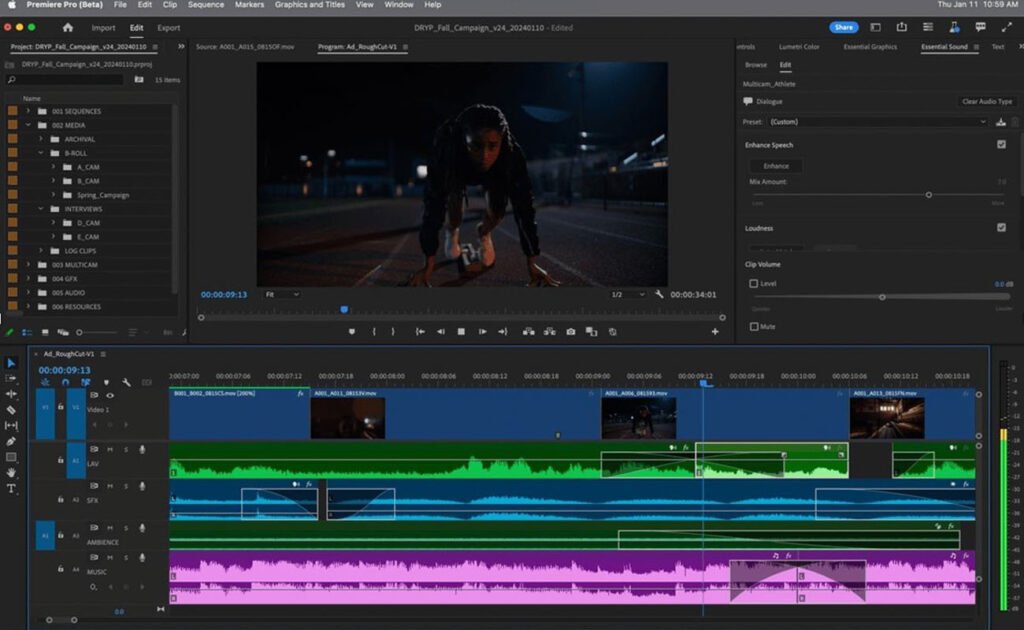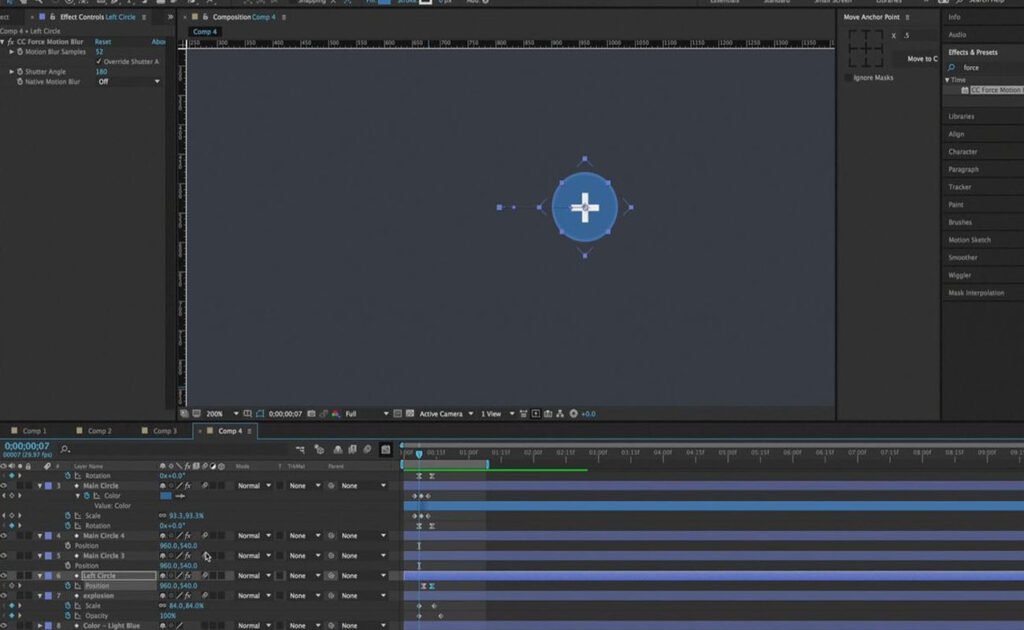Adobe After Effects: Shaping the Future of Motion Graphics & Visual Effects

Adobe After Effects has long been the industry standard for creating stunning motion graphics, advanced visual effects, and seamless compositing. From blockbuster films to YouTube intros, this software gives creators the power to bring imagination to life. As the world of digital content evolves, After Effects continues to push boundaries, blending creativity with technology.Adobe After Effects, motion graphics software, visual effects.
At its core, Adobe After Effects is about pushing visual boundaries. Its unmatched ability to create motion graphics and visual effects makes it the go-to choice for professionals across industries. From Hollywood post-production houses to YouTube creators, its tools are designed to transform raw footage into polished, high-impact visuals.
One standout feature is its layer-based compositing system, which allows designers to combine multiple elements seamlessly. Add to this the integration with Adobe Illustrator, Photoshop, and Premiere Pro, and creators have an ecosystem that ensures smooth workflows from concept to final render.
A Brief History of Innovation
Since its release in 1993, After Effects has evolved from a niche compositing program to an industry standard. Over the decades, Adobe has consistently introduced new rendering engines, 3D tools, and GPU acceleration, making the software faster and more efficient. Each update reflects the demands of modern creators who need both precision and speed in their workflows.
Why After Effects Stands Out

After Effects isn’t just video editing software—it’s a creative playground for motion design and VFX artists. Unlike basic editors, it lets you build animations, add cinematic effects, and composite 3D elements, all within one workflow.
The future of content is dynamic, and motion graphics are central to this evolution. With Adobe After Effects motion graphics software, even beginners can bring ideas to life using templates and presets. Meanwhile, professionals leverage expressions, keyframes, and 3D space tools for advanced creativity. The ability to animate text, design kinetic typography, and craft data-driven visuals keeps After Effects relevant in an increasingly fast-paced digital landscape.
Some of its standout features include:
- Motion Graphics Templates (MOGRTs): Pre-built, customizable templates that save time.
- Cinematic Visual Effects: Tools for keying, tracking, rotoscoping, and compositing.
- Seamless Integration: Works flawlessly with Premiere Pro, Photoshop, and Illustrator.
- Expressions & Scripting: Add automation and complex motion using simple code.
The Power of AI & Performance Boosts

Adobe has been integrating Adobe Sensei AI into After Effects, making workflows faster and smarter. AI tools like Roto Brush 2 help isolate subjects automatically, while Content-Aware Fill for video removes unwanted objects seamlessly. Combined with multi-frame rendering, users now experience up to 4x faster exports.
At its core, Adobe After Effects is about pushing visual boundaries. Its unmatched ability to create motion graphics and visual effects makes it the go-to choice for professionals across industries. From Hollywood post-production houses to YouTube creators, its tools are designed to transform raw footage into polished, high-impact visuals.
One standout feature is its layer-based compositing system, which allows designers to combine multiple elements seamlessly. Add to this the integration with Adobe Illustrator, Photoshop, and Premiere Pro, and creators have an ecosystem that ensures smooth workflows from concept to final render.
Real-World Applications
- Film & TV: Explosions, weather effects, set extensions, and sci-fi visuals.
- Advertising: Engaging motion graphics and product animations.
- Social Media Creators: Eye-catching titles, intros, and dynamic transitions.
- Business & Education: Animated infographics and explainer videos.

What’s Coming Next in After Effects?
The future looks promising, with Adobe focusing on:
- More AI Automation: Faster rotoscoping, tracking, and even auto-animations.
- Cloud Collaboration: Easier teamwork across global creative teams.
- 3D Advancements: Improved rendering engines for realistic 3D environments.
- Mobile Integration: Expanding After Effects-style editing into Adobe’s mobile apps.
Adobe After Effects remains the heartbeat of the motion graphics industry. Whether you’re an aspiring editor, a professional VFX artist, or a content creator, mastering After Effects opens doors to limitless storytelling. With AI-driven updates and stronger performance, the software is not just keeping up with creative demands—it’s redefining them.








